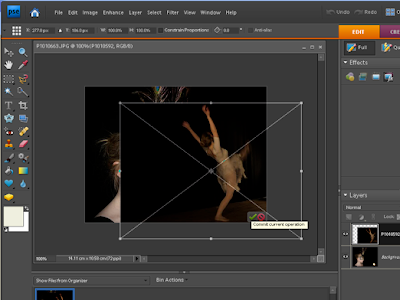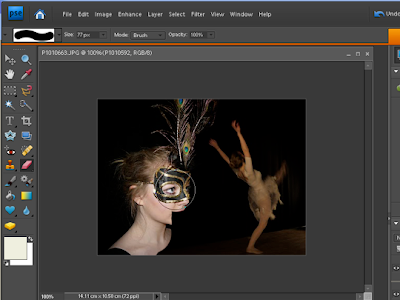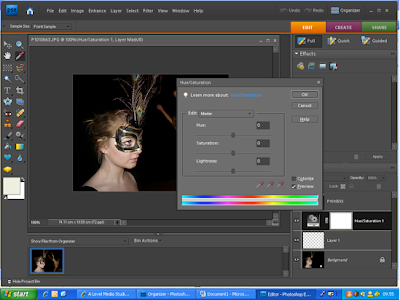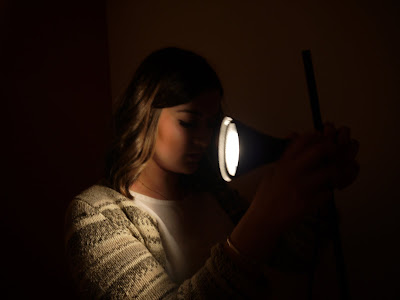Historically there have been cases where an album cover has overshadowed the content of the album. For example the Beatles' 'White Album', the tracks on which have not been heralded as their best or most popular, yet the blank cover has become infamous. In complete contrast, the Beatles' Sgt. Pepper, which is frequently named the best album of all time, both in content and cover design, shows the four Beatles surrounded by famous figures or 'heroes', at a point where this feat was only possible through the use of cardboard cut outs, and indeed waxworks of the band themselves in the early grey suit clad sixties (borrowed from Madame Tussauds).


A cover like Sgt. Pepper nowadays, though may be aesthetically pleasing, would not be considered advanced from a technological point of view. With the vast array of photo editing software, there is no end of what can be accomplished. Thus, quite often the best modern album covers are simplistic, or feature just one photograph. Over embellished album covers, that seem to include every effect possible so often look unattractive and undesirable. The simplistic covers are synonymous with indie groups, where an overcrowded album cover would not compliment the 'authenticity' and rough and ready style of music. Quite often indie artists will not appear on the album cover, rather more it'll be a photograph that corresponds to the album's name. For example Biffy Clyro's Mountains, which shows a painted image of two mountain lions fighting, and the white streaks create a mountainous feel. Thus the name is synonymous with the imagery. Similarly Arctic Monkeys' Whatever People Say I Am That's What I'm Not shows the image of man smoking. Though this in itself is not a particularly eye catching image, coupled with the album title, and the CD itself which boasts an ashtray, it is effective in making the audience question their initial perceptions of the scruffy man on the cover.


Indie bands often develop an image for themselves that sticks, and consequently becomes a feature of all their marketing campaigns. This is often the case when a band releases an album, and the other merchandise that is produced follows suit. For example Courteener's album Falcon features a falcon (again links between the name and image), similarly their posters boast the same imagery. This is to build up a brand identity, which is particularly important for new bands who are gaining a fan base, and aim to be easily identifiable. Two Door Cinema Club, being a relatively new band similarly promoted their album Tourist History with one image of a cat, which made their posters and tour dates quickly identifiable.



This marketing technique is one that I will use when designing my digipack and poster. They will vary slightly from each other in design but I will use the same photographs and colours so that there is a continuous theme throughout the merchandise.


















































